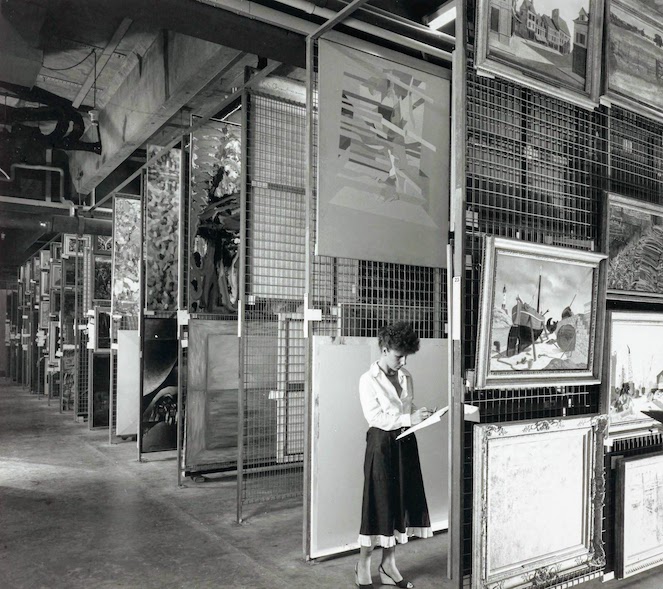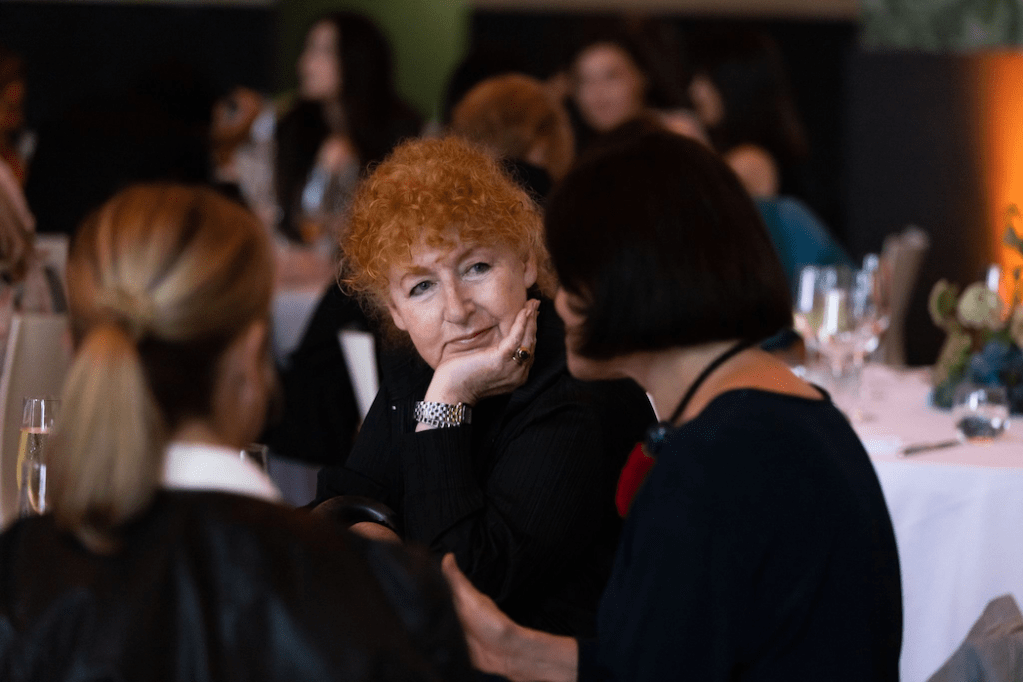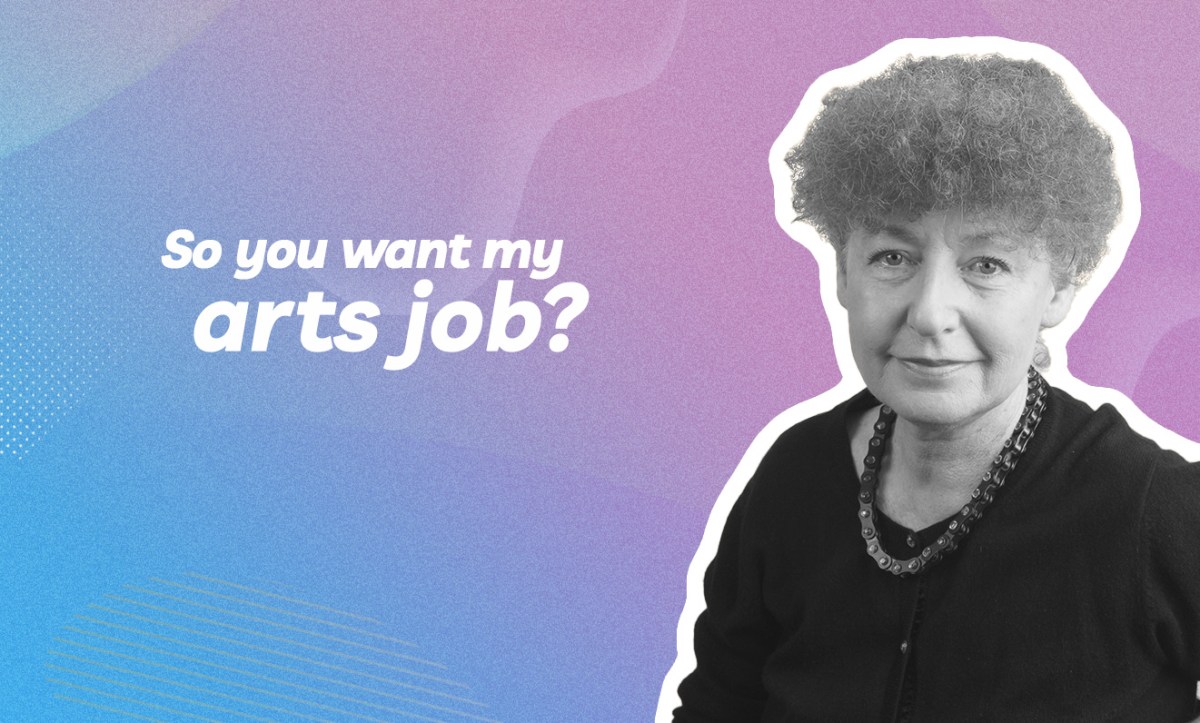Often an art adviser is less known than say a gallerist or an established artist. But for most working in the visual arts sector, Anna Waldmann would be a familiar figure. As the former Director of Visual Arts for the Australia Council for the Arts (along with a swag of other credentials), like many art advisers (or art consultants as they are also known), she has brought that portfolio of careers together to assist others with their collections – be it buying, researching or valuing.
ArtsHub speaks with Waldmann on what it entails to be an art adviser in today’s shifting landscape, and how this profession bridges personal relations and the art market.
How would you describe what you do to a non-arts person?
If you enjoy art and think you may like to become involved in collecting it, or supporting artists or art organisations, but don’t know what, why, where and how, then talk to an art adviser.
What qualifications do you need for this job?
I would like to think that any professional that provides advisory services such as valuation, collection management, writing, commissioning, curatorial services, conservation or research has a tertiary qualification in the arts. Equally important is a vast knowledge and networks of artists, commercial and not-for-profit galleries, curators and arts writers.
Ours is not a fully regulated profession in the way the legal or medical sectors are, but there are professional membership associations, such as the Art Consulting Association of Australia (ACAA) and the National Association for the Visual Arts (NAVA), which provide guidelines and benchmark ethical standards.
Most art advisers started their career elsewhere. How did you get your start in this career? And how did you make the transition?

I started as a curator at the Art Gallery of NSW, I became Visual Arts and Craft and Museums and Galleries Manager at the NSW Ministry for the Arts, and I was the Australia Council’s Director of Visual Arts. When I left the Council I joined a number of art boards, taught at the College of Fine Arts (University of NSW) and became a valuer for the Australian Government’s Cultural Gifts Program.
There was no epiphany or transition. I studied art history and I worked in the arts all my professional life. How lucky am I!?
What’s changing in your professional area today?
Non-fungible tokens and virtual viewing rooms, really? We are dealing with art, we should be swooning with pleasure and be thrilled by its magical presence, or what is the point?
What’s an average week like?
Lots of visits to galleries, lots of art reading, lots of long phone, Zoom and email conversations. If it sounds a bit underwhelming, it’s because it is. This is the underbelly of art consultancies. We have lots of meetings and research and presentations and schmoozing.
What’s the most common misconception about your job?
Many clients meet us at openings, so the assumption is that we spend our days and evenings drinking and chatting in glamorous surroundings. Many clients also think they can easily do the job themselves, in the same way they think that a child can paint like Ian Fairweather or Cy Twombly.

How competitive is this job? It feels like many call themselves consultants today, so how do you navigate that space?
It’s a small world and we probably compete for the same clients and jobs, but not to the same extent it happens in the US and Europe. The price of a work by a top contemporary international artist is often exorbitant, and the Sotheby’s and Christie’s art auctions achieve hundreds of millions of dollars in sales, so overseas the consultant market is ruthless. We are still collegiate in Australia.
What skills or qualities are necessary for this career? Any advice?
Be a good listener. People and corporations want to tell a story about themselves and their values, so give them your full empathetic attention.
Spend as much time as you can looking at art and talking to artists and gallerists. They have stories to tell as well.
Your role is to connect the two tales into joy and enchantment.
Read: So you want my arts job: Studio Assistant
What about challenges, and has the pandemic had an impact on your work?
We have all been affected in the arts, the physical circumstances, the economic and cultural benefits, and the quality of the experiences have not been good in the past three years. The pandemic has made us less adventurous, more introverted and more cautious. Our profession thrives on travelling and social contact, but both have been subdued for a while. There is hope that we will ‘get back to normal’ – I visited the Melbourne Art Fair and Sydney Contemporary this year and the delight and excitement were tangible.
What do you see as the highlights in 2023 for your profession/career?
I have recently finished a long and complex project with a large financial institution. I just returned from a few weeks of intense travel to see the Venice Biennale and other exhibitions and museums in Italy and Paris. I am in recovery mode and not planning anything for 2023 yet.
I am hoping for a year like no other for the Australian art world, because if the sector prospers, art consultants – like myself – will prosper too.





